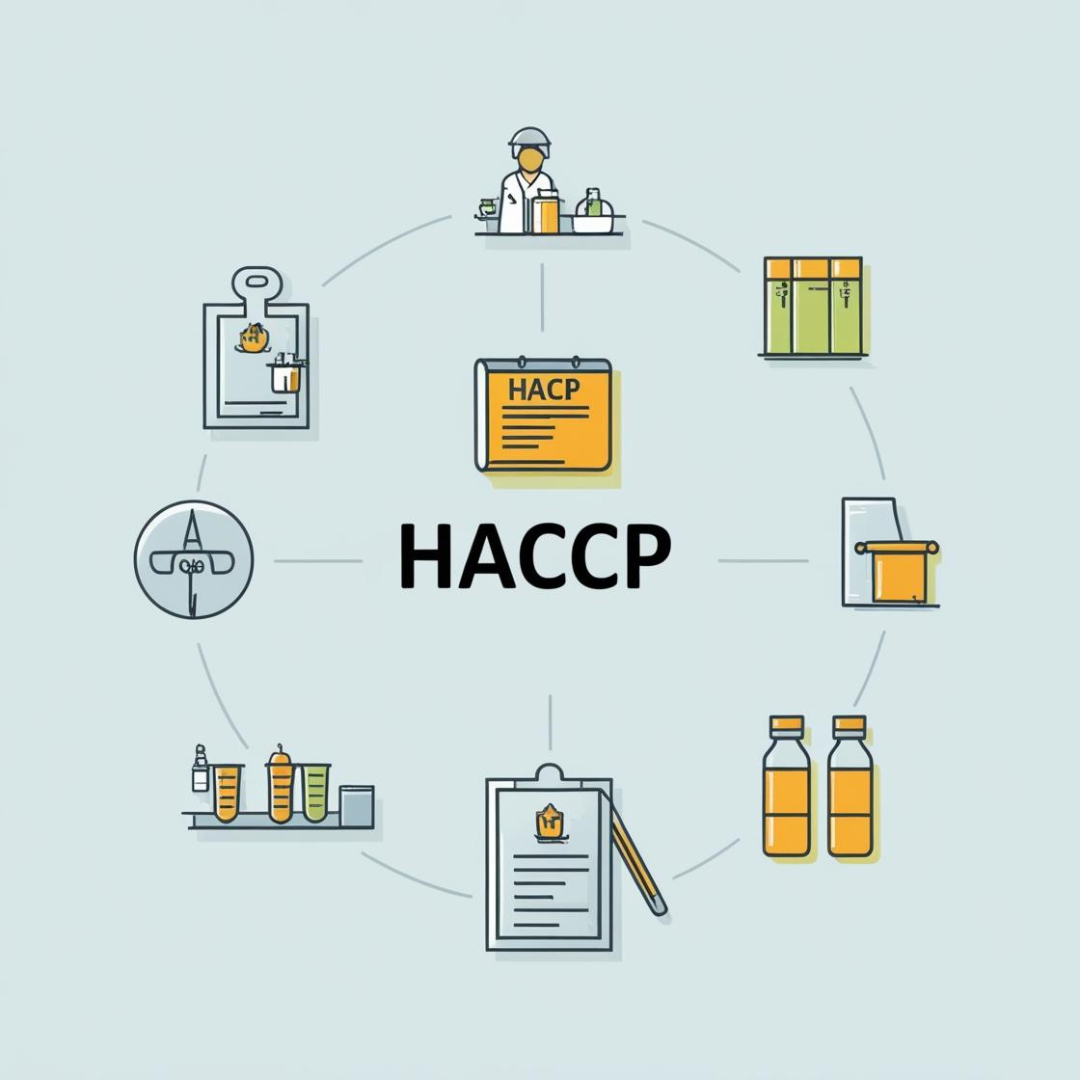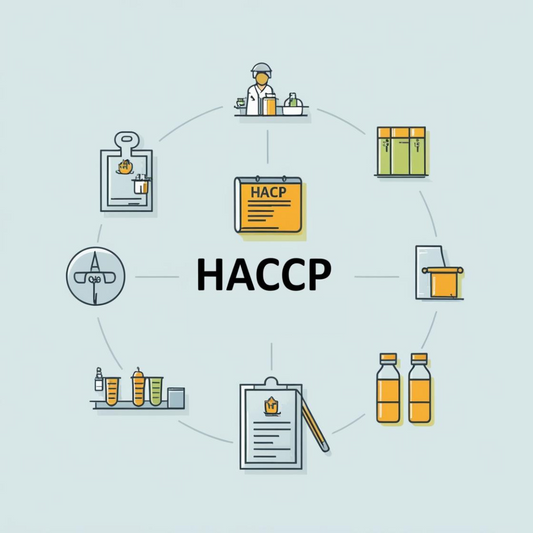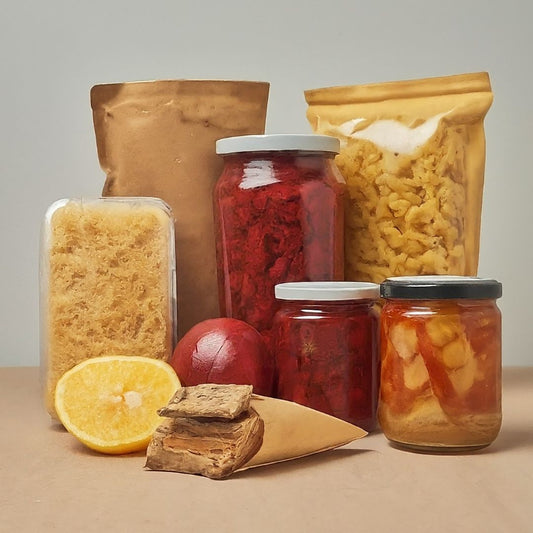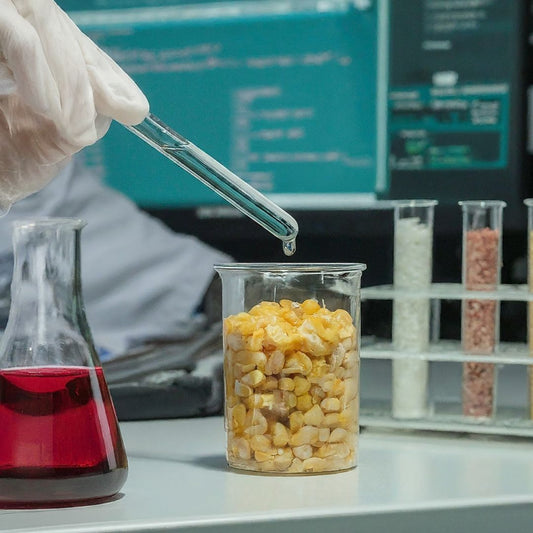Commercial tea bags release millions of microplastics, entering human intestinal cells
Share
UAB research has characterized in detail how polymer-based commercial tea bags release millions of nanoplastics and microplastics when infused. The study shows for the first time the capacity of these particles to be absorbed by human intestinal cells, and are thus able to reach the bloodstream and spread throughout the body.
"We have managed to innovatively characterize these pollutants with a set of cutting-edge techniques, which is a very important tool to advance research on their possible impacts on human health," said UAB researcher Alba Garcia.
Interactions with human cells observed for the first time
The particles were stained and exposed for the first time to different types of human intestinal cells to assess their interaction and possible cellular internalization. The biological interaction experiments showed that mucus-producing intestinal cells had the highest uptake of micro and nanoplastics, with the particles even entering the cell nucleus that houses the genetic material.
The result suggests a key role for intestinal mucus in the uptake of these pollutant particles and underscores the need for further research into the effects that chronic exposure can have on human health.
"It is critical to develop standardized test methods to assess MNPLs contamination released from plastic food contact materials and to formulate regulatory policies to effectively mitigate and minimize this contamination. As the use of plastic in food packaging continues to increase, it is vital to address MNPLs contamination to ensure food safety and protect public health," the researchers add.
"We have managed to innovatively characterize these pollutants with a set of cutting-edge techniques, which is a very important tool to advance research on their possible impacts on human health," said UAB researcher Alba Garcia.
Interactions with human cells observed for the first time
The particles were stained and exposed for the first time to different types of human intestinal cells to assess their interaction and possible cellular internalization. The biological interaction experiments showed that mucus-producing intestinal cells had the highest uptake of micro and nanoplastics, with the particles even entering the cell nucleus that houses the genetic material.
The result suggests a key role for intestinal mucus in the uptake of these pollutant particles and underscores the need for further research into the effects that chronic exposure can have on human health.
"It is critical to develop standardized test methods to assess MNPLs contamination released from plastic food contact materials and to formulate regulatory policies to effectively mitigate and minimize this contamination. As the use of plastic in food packaging continues to increase, it is vital to address MNPLs contamination to ensure food safety and protect public health," the researchers add.





